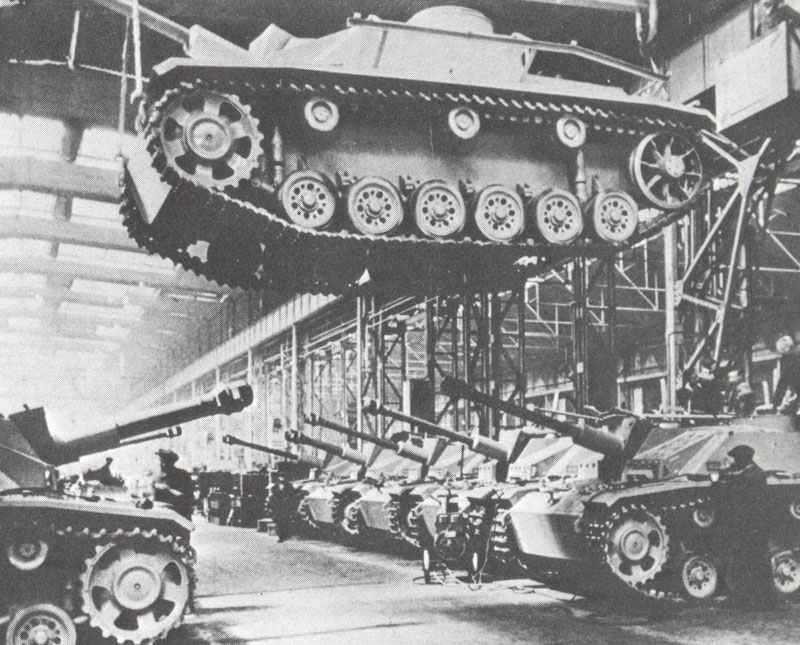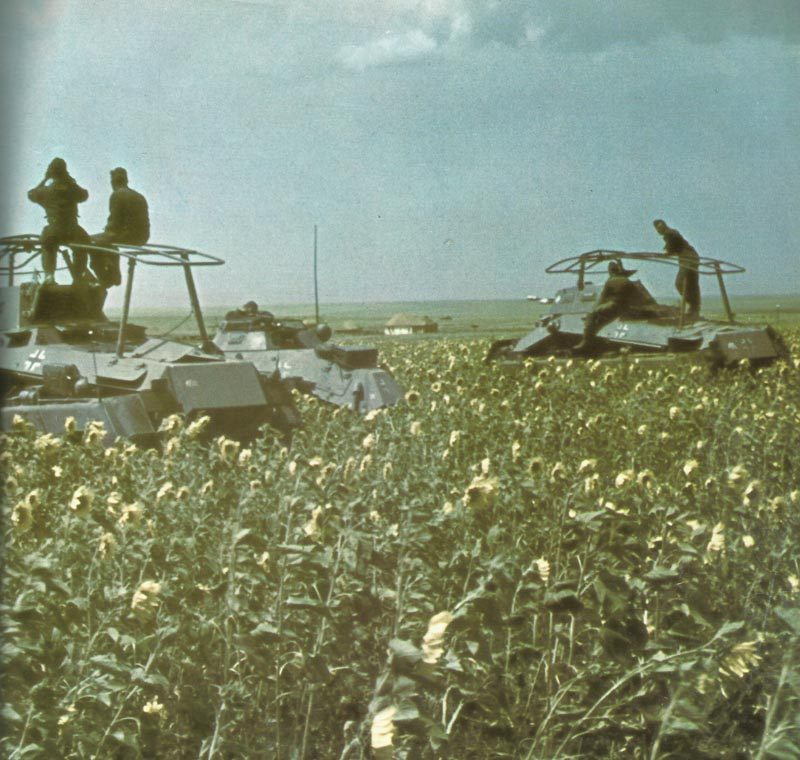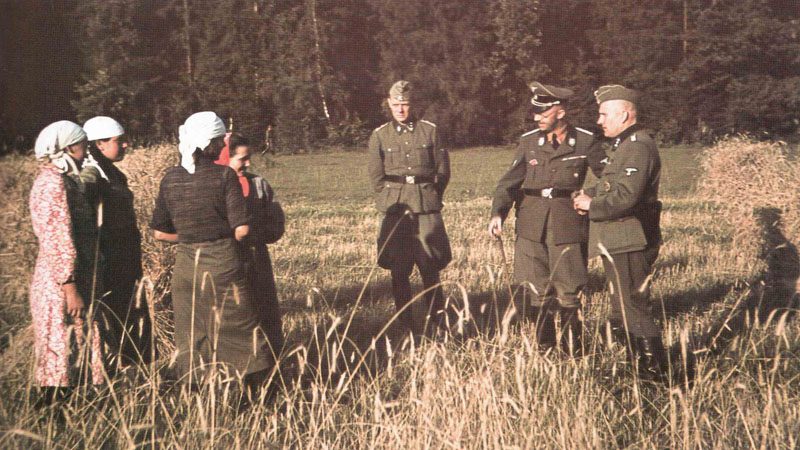Battle of Berlin April-May 1945: The Final Soviet Offensive That Ended Nazi Germany.

The Last Battle
Table of Contents
The Battle of Berlin began on April 16, 1945, when Soviet forces launched their final offensive against the German capital. This massive attack came from multiple directions as the Red Army advanced from the east, north, and south, steadily encircling the city.
Hitler remained in Berlin during the assault, directing German defense efforts from his underground bunker as the Soviet forces closed in. The Red Army’s overwhelming numbers and firepower proved too much for the remaining German defenders, who consisted largely of Hitler Youth, elderly Volkssturm militia, and depleted regular army units. As Soviet troops fought their way through the city streets, they captured iconic locations including the Reichstag, where soldiers raised the Soviet flag in early May.
The battle resulted in heavy casualties on both sides and extensive destruction to Berlin. For the Soviet Union, capturing Berlin represented both military victory and symbolic revenge for the suffering inflicted during Germany’s invasion of their homeland. For the German people, it meant the final collapse of the Nazi regime and the beginning of occupation by Allied forces. The battle’s conclusion effectively ended Hitler’s Third Reich and set the stage for post-war division of Germany.
Prelude to the Battle
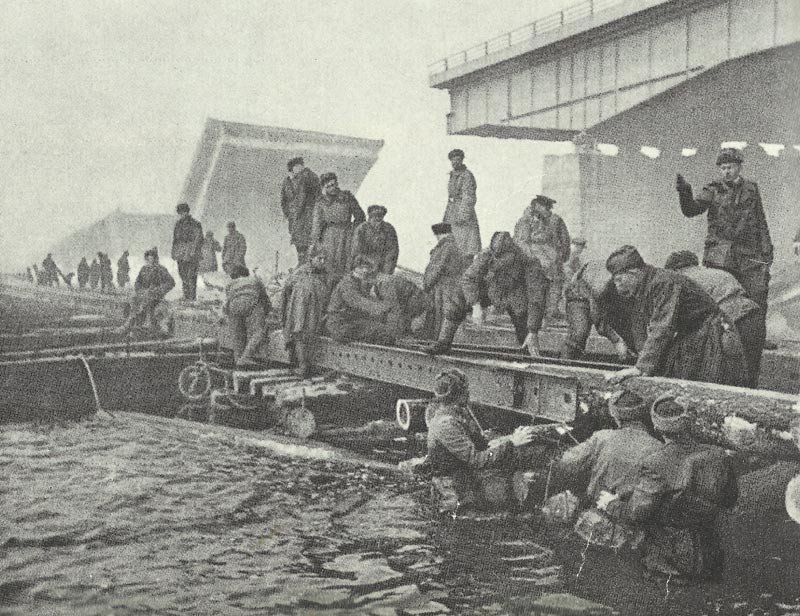
Before the final assault on Berlin in April 1945, both German and Soviet forces made extensive preparations for what would become the last major offensive in the European Theater. The battle’s outcome was shaped by strategic decisions made months earlier, desperate German defensive measures, and calculated Soviet planning.
Strategic Context
By early 1945, Germany faced inevitable defeat after a series of devastating losses. The Wehrmacht had been in retreat since the failure at Stalingrad in 1943. The Western Allies advanced steadily after the Normandy landings in June 1944, while the Red Army pushed forward on the Eastern Front.
The German military situation was dire. Most of their experienced troops had been lost, and resources were critically depleted. Hitler refused to acknowledge the reality of Germany’s position, instead demanding “total war” and the defense of every inch of German soil.
With Soviet forces having captured most of Poland and reached the Oder River by February 1945, Berlin lay just 60 kilometers away. Stalin was determined to reach the Nazi capital before the Western Allies.
German Military Preparations
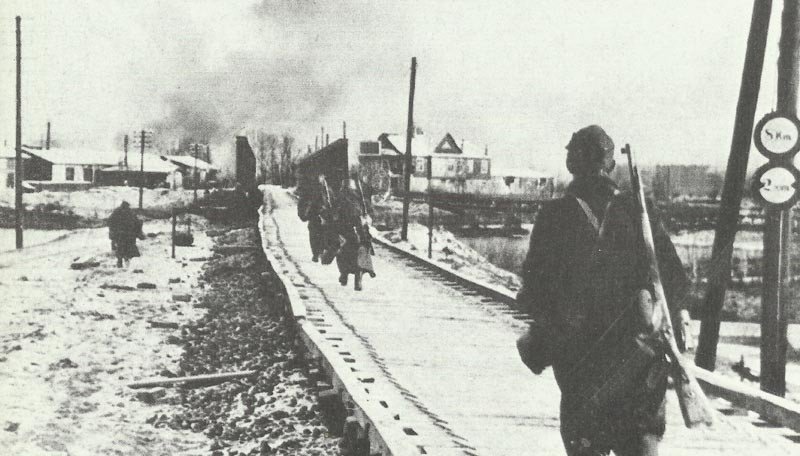
Despite dwindling resources, German forces constructed elaborate defenses around Berlin. The city was transformed into a fortress with three defensive rings: an outer perimeter, an inner defense zone, and the central district.
Army Group Vistula, hastily formed in January 1945, was tasked with defending the approaches to Berlin. This force consisted of depleted Wehrmacht units supplemented by Volkssturm (civilian militia) and Hitler Youth members as young as 14.
Concrete bunkers, anti-tank ditches, and barricades appeared throughout the city. Buildings were fortified, and subway tunnels prepared as defensive positions. Hitler directed operations from his underground bunker, increasingly detached from reality as he moved phantom armies on maps.
Soviet Offensive Plans
The Soviet high command meticulously planned the Berlin offensive. Stalin was determined to capture Berlin, seeing it as the ultimate prize of the war. Two Soviet army groups were positioned to strike: Marshal Zhukov’s 1st Belorussian Front would attack from the east, while Marshal Konev’s 1st Ukrainian Front would advance from the south.
The Red Army amassed over 2.5 million troops, 6,250 tanks, and 7,500 aircraft for the operation. Soviet planners emphasized speed and overwhelming force to prevent German reinforcement and minimize casualties.
On April 16, 1945, the offensive began with a massive artillery bombardment. The Soviets quickly broke through the German lines in the south, while resistance was fiercer on the Seelöwer Heights to the east of Berlin. On Hitler’s birthday, 20 April, they began to bombard Berlin itself with artillery. Soviet tanks advanced rapidly despite fierce resistance, and by April 23, the first ground forces entered Berlin’s outer suburbs.
The Siege Begins
The Soviet offensive against Berlin in April 1945 marked the final major battle of World War II in Europe. Soviet forces launched a massive assault to capture the Nazi capital, facing desperate German resistance while civilians endured the horrors of urban warfare.
Initial Soviet Attacks
On April 16, 1945, the Red Army began its final offensive against Berlin. Soviet troops attacked from the east, south, and north in a massive pincer movement designed to encircle the German capital. Three Soviet army groups participated in the assault: Marshal Georgy Zhukov’s 1st Belorussian Front from the east, Marshal Ivan Konev’s 1st Ukrainian Front from the south, and General Konstantin Rokossovsky’s 2nd Belorussian Front from the north.
The Soviet forces numbered over 2.5 million troops, supported by thousands of tanks, artillery pieces, and aircraft. They faced fierce resistance at the Seelow Heights, a key defensive position east of Berlin.
Despite initial setbacks, the Red Army broke through German lines within days. By April 23, the first Soviet ground forces began penetrating Berlin’s outer suburbs.
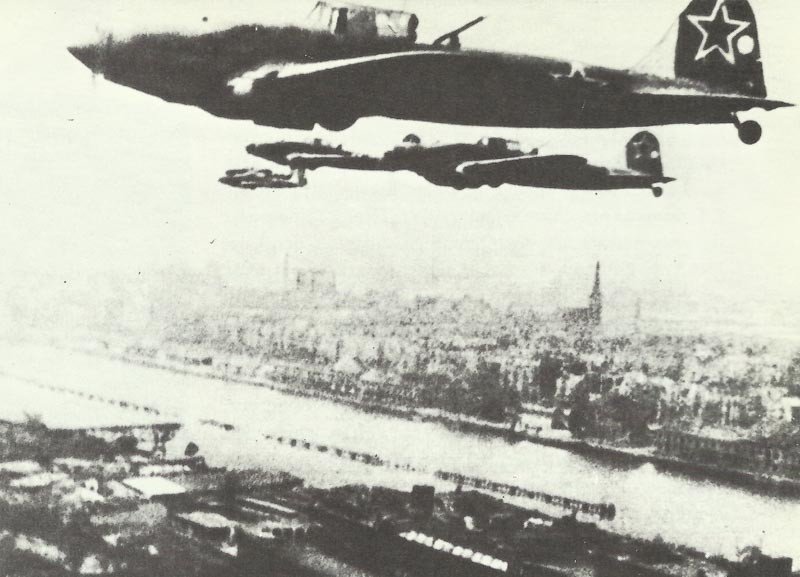
Defending the German Capital
German defenses around Berlin were hastily organized and undermanned. Hitler, directing operations from his bunker beneath the Reich Chancellery, refused to acknowledge the reality of Germany’s situation.
The German forces consisted mainly of:
- Regular army units (Wehrmacht)
- SS formations
- Volkssturm (poorly trained civilian militia)
- Hitler Youth teenagers
Many defenders were elderly men, young boys, and foreign SS volunteers. The German Army had approximately 45,000 soldiers and 40,000 Volkssturm militia to defend the city against the massive Soviet force.
Berlin’s defenses included three defensive rings, anti-tank barriers, and flooding of the subway system. Despite these preparations, German troops lacked sufficient ammunition, fuel, and heavy weapons to mount an effective defense.
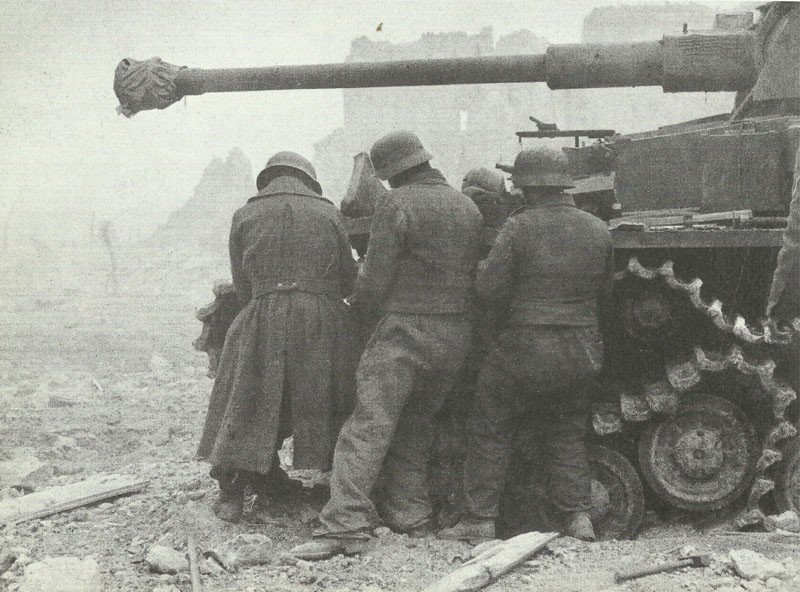
Civilian Plight and Evacuation
Berlin’s civilian population faced extreme hardship during the siege. After years of Allied bombing raids, much of the city lay in ruins before the ground battle even began. Food was scarce, and basic utilities like water and electricity were intermittent or nonexistent.
Nazi leadership, particularly Gauleiter Joseph Goebbels, prohibited civilian evacuation from Berlin. Propaganda urged the German people to fight to the last person. Despite these orders, thousands attempted to flee westward to avoid the advancing Red Army.
Those who remained endured artillery bombardment, street fighting, and aerial attacks. Civilians sheltered in basements, bunkers, and subway stations. Approximately 125,000 civilians died during the battle, with many more injured or displaced.
The Soviet offensive trapped around 2 million civilians in the city without adequate food, water, or medical supplies.
The Battle Intensifies
As Soviet forces moved into Berlin, the fighting grew fiercer and more desperate. Hitler ordered a last-ditch defense of the city, while Soviet troops pressed forward with massive artillery bombardments and infantry assaults.
Fighting in the Streets
The street fighting in Berlin was brutal and chaotic. Soviet troops had to adapt their tactics for urban warfare, moving from building to building. They often fought for control of a single street or apartment block for hours or even days.
German defenders, including Hitler Youth and elderly Volkssturm militia, set up barricades and fought from cellars and ruins. Snipers were positioned in bombed-out buildings to target Soviet soldiers.
The Soviets used heavy artillery to blast paths through buildings rather than moving along exposed streets. Their tanks faced danger from German Panzerfaust anti-tank weapons that could be fired from close range by hidden defenders.
Civilians hid in basements as their city became a battleground. Food and water grew scarce as the fighting intensified.
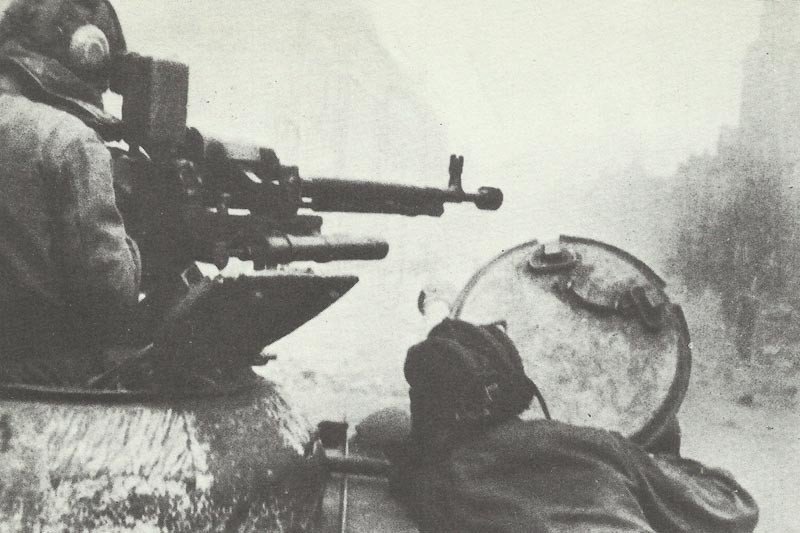
Encirclement of Berlin
Soviet forces executed a classic pincer movement to surround Berlin. The 1st Belorussian Front attacked from the east while the 1st Ukrainian Front approached from the south.
By April 25, 1945, the encirclement was complete when American and Soviet forces met at the Elbe River. This trapped the German defenders inside the city with no hope of reinforcement or escape.
The Red Army crossed the Teltow Canal in the south on April 24, pushing through fierce German resistance. This breakthrough allowed Soviet forces to drive toward central Berlin.
Colonel General Gotthard Heinrici, commander of the Army Group Weichsel (Vistula), attempted to organize German defenses but was hampered by unrealistic orders from Hitler. When Heinrici refused to conduct suicidal counterattacks, Hitler relieved him of command.

Assault on Government Buildings
As the battle reached its climax, Soviet forces focused on capturing the key government buildings in central Berlin. These included the Reichstag, Hitler’s Chancellery, and the Führerbunker where Hitler and his inner circle had retreated.
The Soviets considered the Reichstag a symbolic prize. On April 30, soldiers of the 150th Rifle Division launched a determined assault on the building. After fierce fighting, they famously raised the Soviet flag on its roof.
Meanwhile, other Soviet units closed in on the government district. They faced desperate resistance from SS troops who fought to the death protecting Hitler’s bunker.
Inside the bunker, Hitler realized the situation was hopeless. On April 30, as Soviet troops were just blocks away, he committed suicide along with his new wife Eva Braun.
The remaining Nazi leadership attempted negotiations, but the Soviet forces continued their advance. Building by building, they captured what remained of the Third Reich’s government center.

Fall of Berlin
The Battle of Berlin in April 1945 marked the final major offensive of the European war. Soviet forces launched a massive assault against desperate German defenders, leading to the capture of the Nazi capital and Hitler’s suicide.
Soviet Breakthrough
On April 16, 1945, the Soviet Red Army launched their final assault on Berlin. Nearly three million Soviet troops attacked from the east, north, and south in a massive pincer movement designed to encircle the city. The initial bombardment was intense, with 96 shells hitting central Berlin in just minutes on April 22.
German defenses were severely undermined by years of bombing and resource depletion. The Wehrmacht could only muster approximately 250,000 soldiers—many of them teenagers, elderly men, and poorly trained units.
The Red Army moved quickly through the outer defenses. Soviet forces fought building by building through the rubble-filled streets. Tanks rolled through main avenues while infantry cleared structures using grenades and automatic weapons. By April 25, Berlin was completely surrounded.
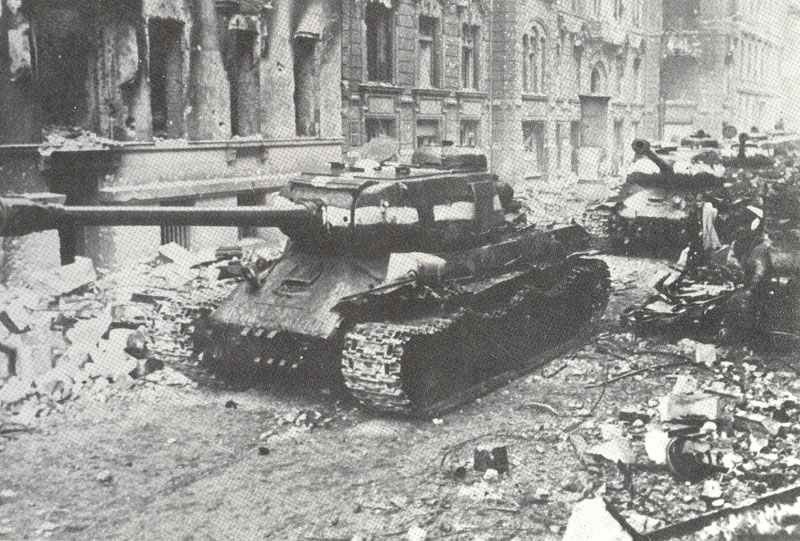
German Surrender
As Soviet troops penetrated deeper into Berlin, German military leadership faced the inevitable reality of defeat. Many German units fought desperately while others began surrendering in increasing numbers.
The formal German surrender came in two ceremonies. The first took place on May 7 when General Alfred Jodl signed the unconditional surrender document at Allied headquarters in Reims, France.
The Soviets insisted on a second ceremony in Berlin. On May 8, 1945, Field Marshal Wilhelm Keitel signed another surrender document in Soviet-controlled Berlin. This officially ended the war in Europe.
For the Soviet Union, the victory was celebrated on May 9, a date still commemorated in Russia and other former Soviet states as Victory Day.
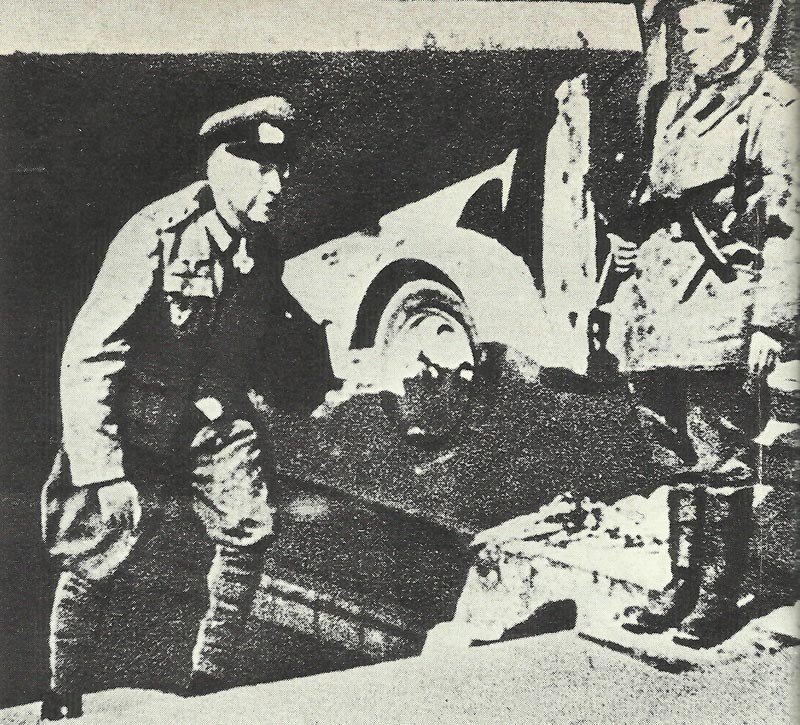
Hitler’s Suicide
When his living quarters in the Reich Chancellery were destroyed in an American attack on 3 February 1945, Adolf Hitler and his inner circle fled to an underground bunker beneath the Reich Chancellery. Hitler received increasingly desperate reports of collapsing defences and dwindling supplies.
On April 29, Hitler married his longtime companion Eva Braun in a brief ceremony in the bunker. He dictated his political testament, blaming Jews for the war and appointing Admiral Karl Dönitz as his successor.
The following day, April 30, 1945, with Soviet troops just blocks away, Hitler and Eva Braun committed suicide. Hitler shot himself while Braun took poison. Following Hitler’s orders, their bodies were taken outside, doused with gasoline, and burned to prevent capture.
The death of Hitler marked the effective end of Nazi Germany, though fighting continued for several more days until the final German surrender.
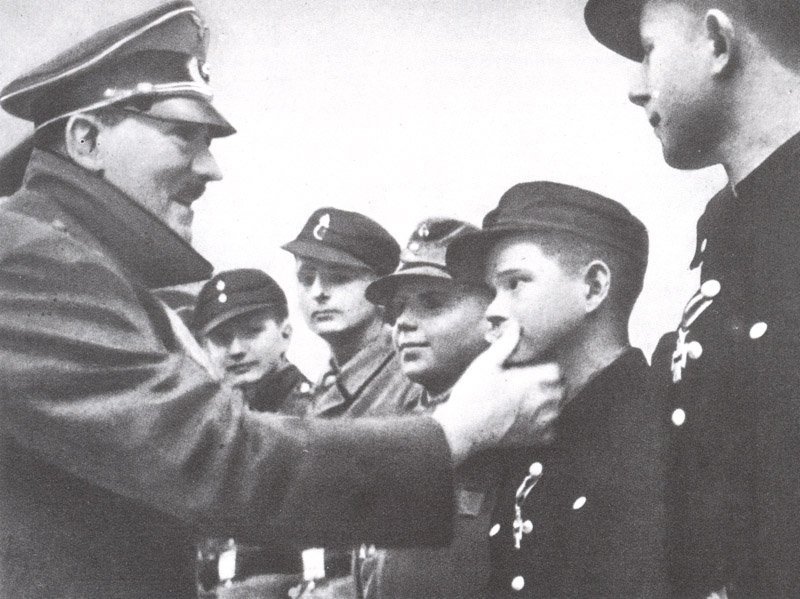
Aftermath
The fall of Berlin in May 1945 marked the end of Nazi Germany and brought devastating consequences for the city and its people. Soviet forces established control over the ruins of the former Reich capital as Germans faced the harsh reality of defeat.
Soviet Occupation
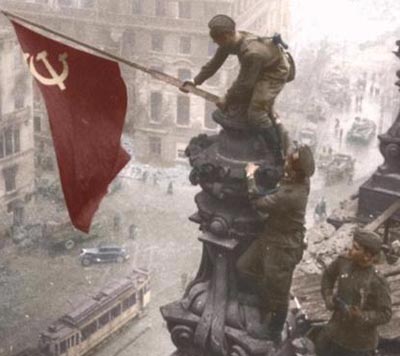
The Soviet Army took complete control of Berlin on May 2, 1945, establishing immediate military authority over the conquered city. Soviet soldiers raised their flag over the Reichstag, creating one of the most iconic images of World War II.
Soviet forces divided Berlin into sectors and implemented strict control measures. Civilians needed permits to move around, and curfews were enforced with severe penalties.
Food shortages became critical, with Berliners receiving minimal rations. Many residents resorted to bartering personal possessions for food. The occupation was marked by widespread looting and violence against the civilian population.
Later in 1945, Berlin was formally divided into four occupation zones (Soviet, American, British, and French), setting the stage for the Cold War division that would last for decades.
German Casualties and Losses
The Battle of Berlin resulted in catastrophic human losses. Approximately 80,000 Soviet soldiers and over 20,000-30,000 Berlin residents died during the fighting and immediate aftermath.
Physical destruction was immense. Nearly 80% of Berlin’s buildings lay in ruins. Critical infrastructure like water systems, electricity, and transportation networks were severely damaged or completely destroyed.
German military casualties were extreme, with most units fighting to the end. Those who survived faced imprisonment in Soviet camps, where many died from harsh conditions and poor treatment.
Civilian suffering continued after the battle. Thousands died from untreated wounds, disease, and malnutrition in the following months. Many women suffered sexual violence at the hands of occupying forces.
Impact on German Society
The fall of Berlin represented the complete collapse of Nazi Germany and its ideology. Germans faced the stark reality of total defeat and the moral reckoning of the Nazi regime’s crimes.
Most civilians experienced profound psychological trauma. The defeat shattered national identity and forced Germans to confront their support of the Nazi regime. Denazification programs began almost immediately.
Daily life transformed dramatically. The currency became nearly worthless, and the black market became essential for survival. Many families were separated, with men dead or in prisoner camps.
The destruction necessitated massive reconstruction efforts that would take decades. German society began a long process of rebuilding not just physical structures but also social and political institutions.
The aftermath laid foundations for Germany’s division into East and West, creating two separate states with dramatically different political systems and daily realities.
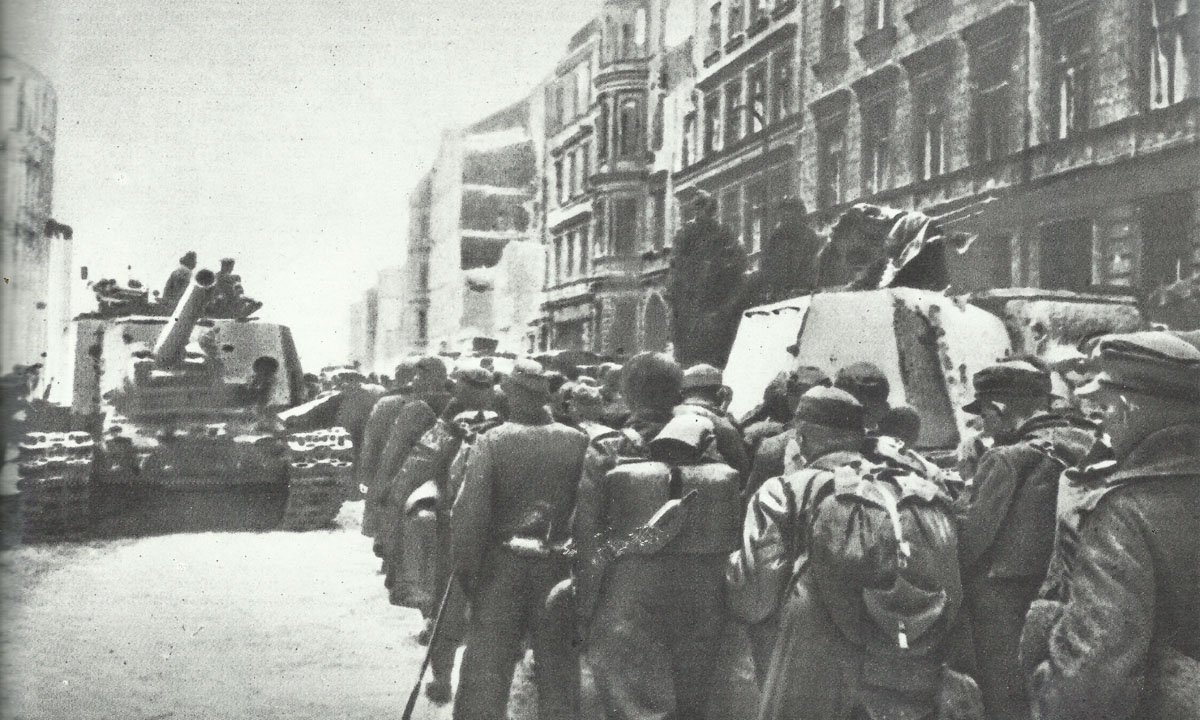
Historical Significance
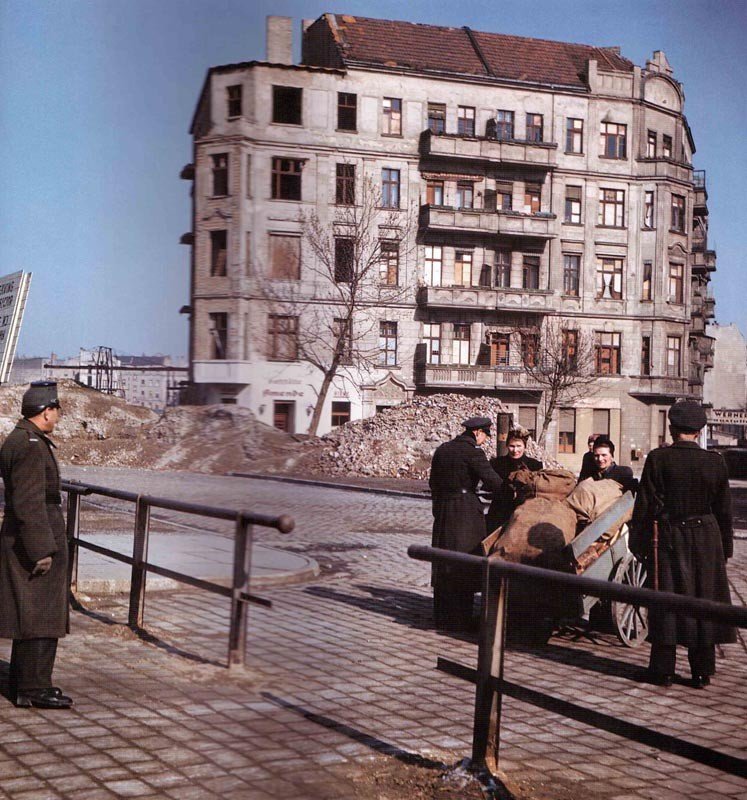
The Battle of Berlin marked the final major offensive of World War II in Europe. When Soviet forces captured the Nazi capital in May 1945, they effectively ended Hitler’s Third Reich and brought the European conflict to a close.
The battle demonstrated the complete collapse of German military power. Hitler’s suicide during the fighting symbolized the defeat of Nazism as an ideology and political system that had threatened Europe for over a decade.
Berlin’s fall had immediate geopolitical consequences. The city’s division into occupation zones foreshadowed Germany’s later split between East and West. This division became a physical representation of the emerging Cold War tensions.
The Soviet Union’s leading role in capturing Berlin strengthened its position as a global superpower. Stalin used this victory to justify Soviet control over Eastern Europe, establishing communist governments across the region.
For Western powers, Berlin’s fall confirmed the need for a new approach to European security. The battle’s aftermath directly influenced the formation of NATO and the Warsaw Pact, military alliances that defined Cold War politics.
The battle’s human cost was enormous. Civilian casualties and widespread destruction reminded world leaders of war’s devastating consequences. These lessons influenced post-war international institutions designed to prevent future conflicts.
Berlin itself became a symbolic flashpoint in the Cold War. The divided city represented competing ideologies and would later witness key moments like the Berlin Airlift and the construction of the Berlin Wall.
Frequently Asked Questions
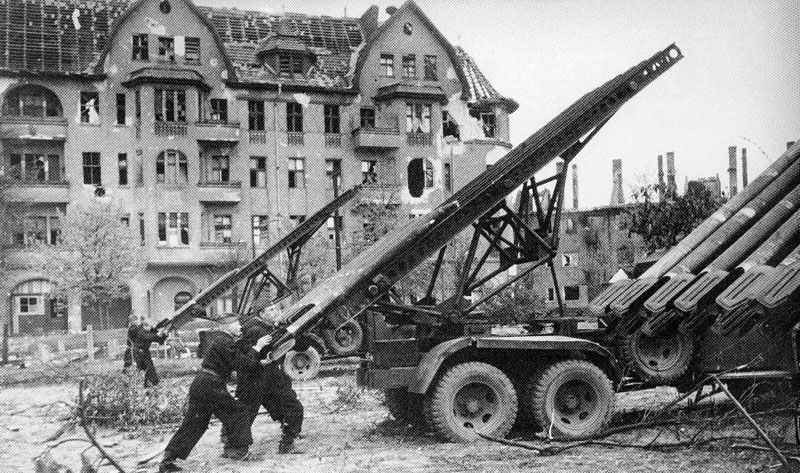
The Battle of Berlin involved complex military strategies, significant casualties, and profound geopolitical consequences. This major offensive marked the final chapter of World War II in Europe and shaped the post-war world order.
What were the main strategic objectives of the Soviet forces during the Battle of Berlin?
The Soviet forces aimed to capture Berlin before their Western Allies could reach the city. This would give them control over the German capital and strengthen their post-war position in Europe.
Stalin was determined to plant the Soviet flag on the Reichstag as a symbol of victory over Nazi Germany. This propaganda victory was considered essential to cement Soviet sacrifices during the war.
The Red Army also sought to capture key Nazi leaders, including Hitler himself. Though many escaped or committed suicide, capturing Berlin’s power centers remained a priority.
How did the tactics employed by the Red Army affect the outcome of the Battle of Berlin?
The Red Army used overwhelming force, deploying approximately 2.5 million soldiers against the remaining German defenders. This massive numerical advantage made the outcome almost inevitable.
Soviet forces employed a strategy of multiple, simultaneous attack fronts. Marshal Zhukov’s 1st Belorussian Front attacked from the east while Marshal Konev’s 1st Ukrainian Front approached from the south.
Artillery played a crucial role, with thousands of guns bombarding German positions before infantry advances. The Soviets also used night attacks to surprise defenders and reduce their own casualties.
What was the impact of the Battle of Berlin on the overall outcome of World War II?
The Battle of Berlin directly led to Nazi Germany’s unconditional surrender on May 8, 1945, officially ending World War II in Europe. Hitler’s suicide on April 30 removed the last major obstacle to German capitulation.
The Soviet victory in Berlin established them as a dominant military power in Europe. Their control of the German capital gave them significant leverage in post-war negotiations.
The battle demonstrated the complete collapse of Nazi Germany’s military capabilities. It provided a definitive end to Hitler’s Third Reich and its genocidal ideology.
Can you provide a detailed account of the events leading up to the final assault on Berlin?
By early 1945, Soviet forces had pushed German troops back to the Oder River, just 60 kilometers from Berlin. From January to March, they consolidated positions and prepared for the final offensive.
On April 16, 1945, the Soviet assault began with a massive artillery bombardment followed by attacks across the Oder. The Germans mounted fierce resistance at the Seelow Heights, delaying the advance.
By April 20 (Hitler’s birthday), Soviet forces had broken through German defenses and began encircling the city. Western Allies had agreed to halt their advance at the Elbe River, leaving Berlin in the Soviet zone.
How did the Battle of Berlin alter the geopolitical landscape of post-war Europe?
The Soviet capture of Berlin established their control over what would become East Germany. This created the foundation for the division of Germany that would last for over four decades.
The battle accelerated the Cold War tensions between the Soviet Union and Western powers. Soviet military presence in central Europe became a cornerstone of their sphere of influence.
Berlin itself was divided into occupation zones, eventually leading to a divided city within East Germany. This division became a powerful symbol of the Iron Curtain separating Eastern and Western Europe.
What was the human cost of the Battle of Berlin for both military personnel and civilians?
Soviet casualties during the Battle of Berlin were enormous, with approximately 80,000 soldiers killed and over 250,000 wounded. German military losses included roughly 100,000 killed and 130,000 captured.
Civilian casualties were devastating, with estimates ranging from 20,000 to 30,000 Berlin residents killed during the fighting. Many died from artillery bombardment, crossfire, or suicide.
The battle’s aftermath brought additional suffering through food shortages, disease, and widespread sexual violence against German women by some Soviet troops. These traumatic experiences left lasting scars on Berlin’s population.
References and literature
Das Deutsche Reich und der Zweite Weltkrieg (10 Bände, Zentrum für Militärgeschichte)
Krieg der Panzer (Piekalkiewicz)
Luftkrieg (Piekalkiewicz)
Chronology of World War II (Christopher Argyle)
Der Grosse Atlas zum II. Weltkrieg (Peter Young)
Das Deutsche Reich und der Zweite Weltkrieg (10 Bände, Zentrum für Militärgeschichte)
Der 2. Weltkrieg (C. Bertelsmann Verlag)
Zweiter Weltkrieg in Bildern (Mathias Färber)
A World at Arms – A Global History of World War II (Gerhard L. Weinberg)




